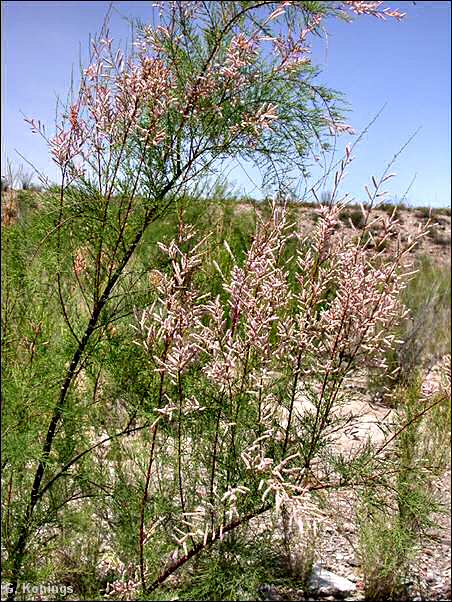

The Chihuahuan Desert, in common with other places, hosts many aliens. No, not visitors from outer space nor people on the wrong side of a border, but plants and animals not native to the region. By one estimate, the United States sustains more than $130 billion worth of damage each year by such introductions. Not all introduced organisms, of course, cause damage. We all appreciate the wealth of non-native plants gracing our gardens and farms. However, there are hints that some of these might turn on us at any moment.
A recent study compared a plant native to Europe with North American
populations descended from European populations. Seeds from various sites—native and
introduced—were planted under standard growing conditions. The results? More of the
North American seeds sprouted, plants emerged earlier, they were larger with more
leaves, and they flowered earlier. In addition, more over-wintered successfully. By one
speculation, it was just a matter of time until the right genetic combination was
found. If so, which of the aliens among us is ready to turn into a weed?

Contributor: Arthur H. Harris, Laboratory for Environmental Biology, Centennial Museum, University of Texas at El Paso.
Desert Diary is a joint production of the Centennial Museum and KTEP National Public Radio at the University of Texas at El Paso.

Salt Cedar (Tamarix) is an infamous example of a plant introduced as an
ornamental that ended up as a highly destructive weed. Photograph taken in Big Bend by
Gertrud Konings.![]()